The Museum of Trance
with Bastian Hagedorn
Ghetto Biennale
Port-au-Prince, Haiti 2015

As our concept for the 4th Ghetto Biennale 2015 in Haiti we set up The Museum of Trance in Port-au-Prince, an unfinished part-fictional museum of the history of the electronic music genre Trance in Germany. The set-up of the exhibition was inspired by European ethnological exhibitions on Haitian vodou. The museum was unfinished, as if the investors lost their interest before finishing it. Due to that the museum was open to be explored and taken-over by the local Port au Prince artists and musicians.

The conceptual starting point was an interest in Vodou music and drumming and in the trance states people enter when practicing Vodou. This hard, fast, and spherical new genre sought to capture an ecstatic spirituality that is otherwise rare in Western Europe, especially in Germany. But in the early 90s, trance music evolved from rave music and acid techno. This hard, fast and spherical new genre tried to capture an ecstatic spirituality that is otherwise very rare in Western Europe, especially in Germany. We wanted to see what happens when Haitian spiritual trance collides with German trance music culture.
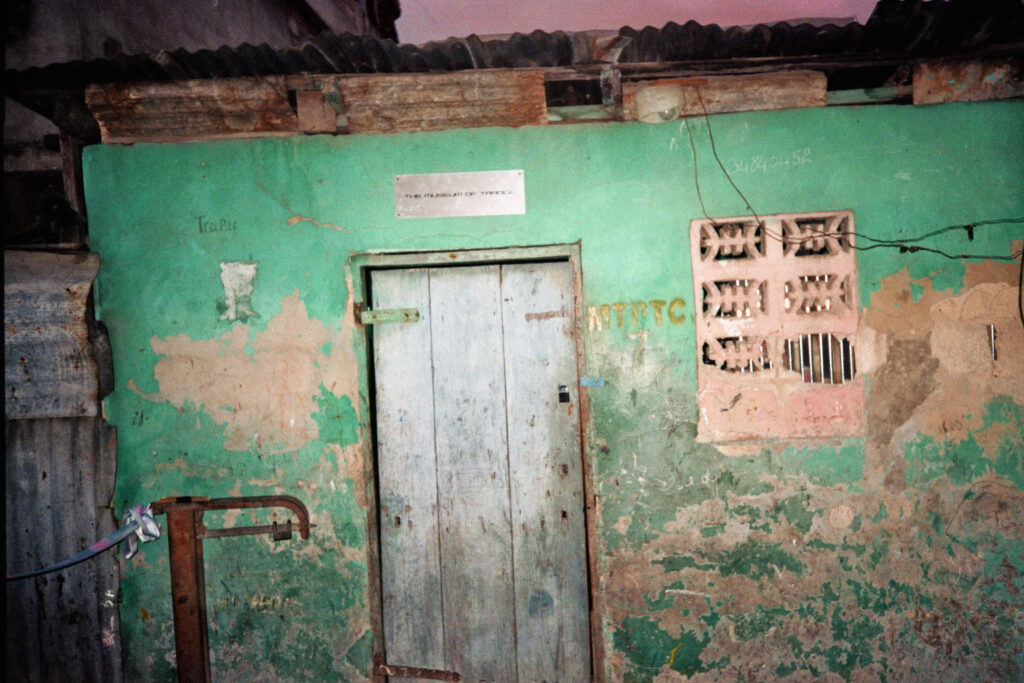
We wanted to discuss the representation of Haitian culture in German museums by excoticizing German rave culture and by musealizing it as ,the other‘ in the middle of Haiti. The traditional institution ,ethnological museum‘ was appropriated, deconstructed and re-interpreted by the local artists and musicians. The museum transformed into a postcolonial experimental playground.
Techno Worlds
Touring exhibition, 2021
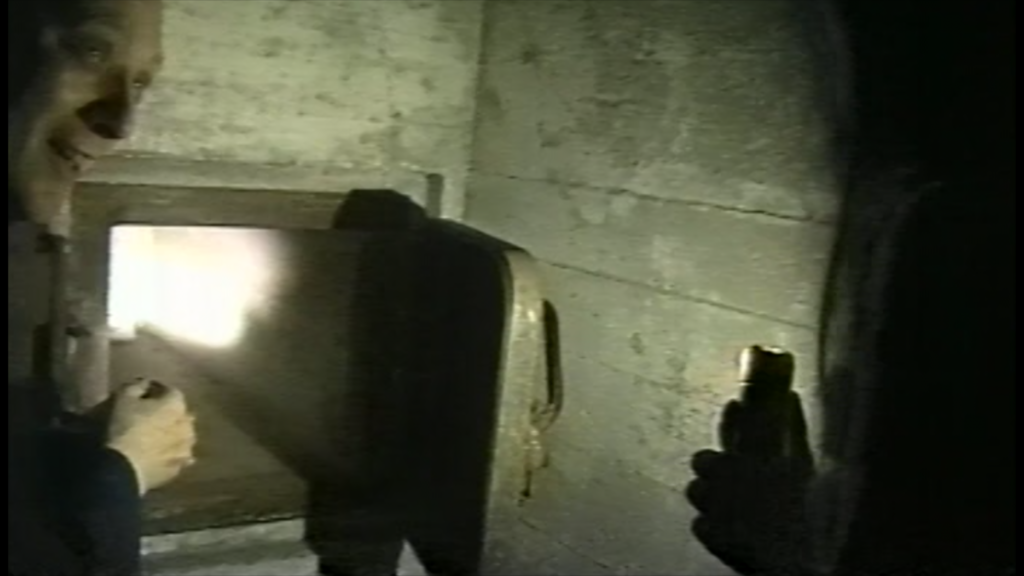
In terms of music history, trance is mostly derived as a specifically German phenomenon of techno culture – this is contrasted with the intercultural and international conditions under which the genre asserted itself as an independent musical style. While techno referred more strictly to industrialized, machinized society as a futuristic element, as well as to the captivating power of the sound derived from it, the focus in trance was on the hypnotic potentials of primeval musical rituals and their continuation in the musical practices of today’s indigenous cultures. This claim at the time must be taken into account in the reception of the genre of trance in the context of cultural appropriation of musical styles. At the same time, the question arises to what extent rituals of spirituality are lost in a highly technologized society, in what form music can act as a substitute in this process, and whether the explicit use of new technologies can even enable a recapture.
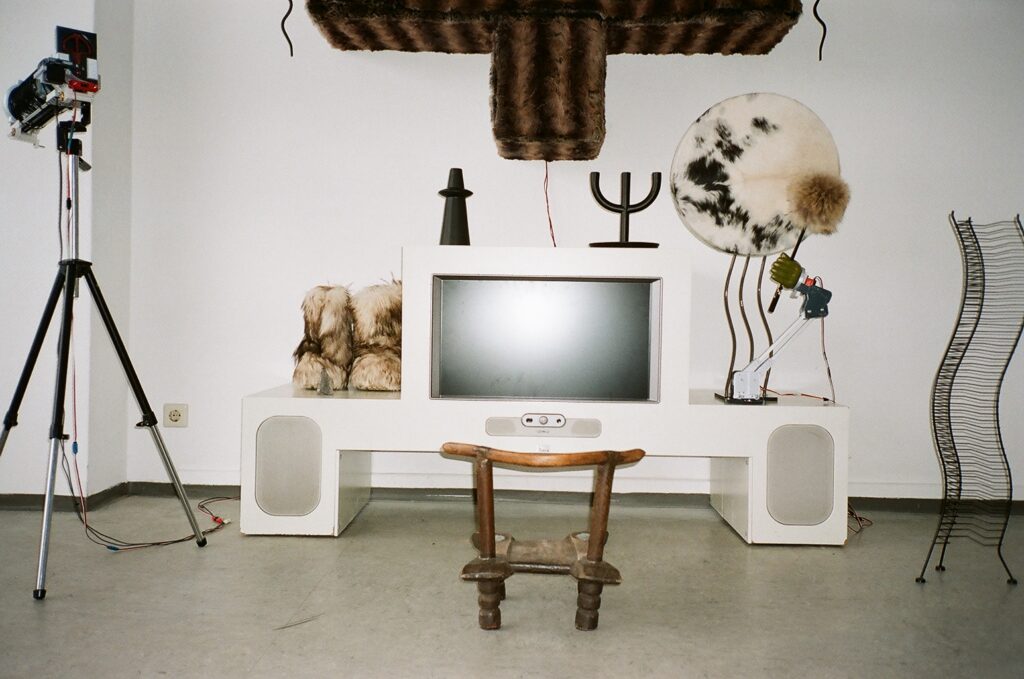
In 2015, artists Bastian Hagedorn and Henrike Naumann opened the Museum of Trance in Port-au-Prince (Haiti), where they exoticized German rave culture to museumize it as the ‘other’ in the midst of Haiti. The new multimedia work Museum of Trance (2021) continues those reflections on spirituality, rave culture, exoticism and otherness. The video work accompanies a young team of researchers in the rediscovery of trance culture in and around Berlin. To reconstruct the phenomenon, the researchers use archaeological methods and practices of reenactment. Captivated by the collected findings, they put the pieces of the puzzle together and use them to deduce a primeval ritual to revive the spirits of the past. In the video, levels blur and references overlap; are the researchers looking for Germanic relics and ancient evidence of the origins of trance, or is it a reconstruction of the trance of the 90s?
Ghetto Biennale / Atis Rezistans
documenta fifteen Kassel, 2022
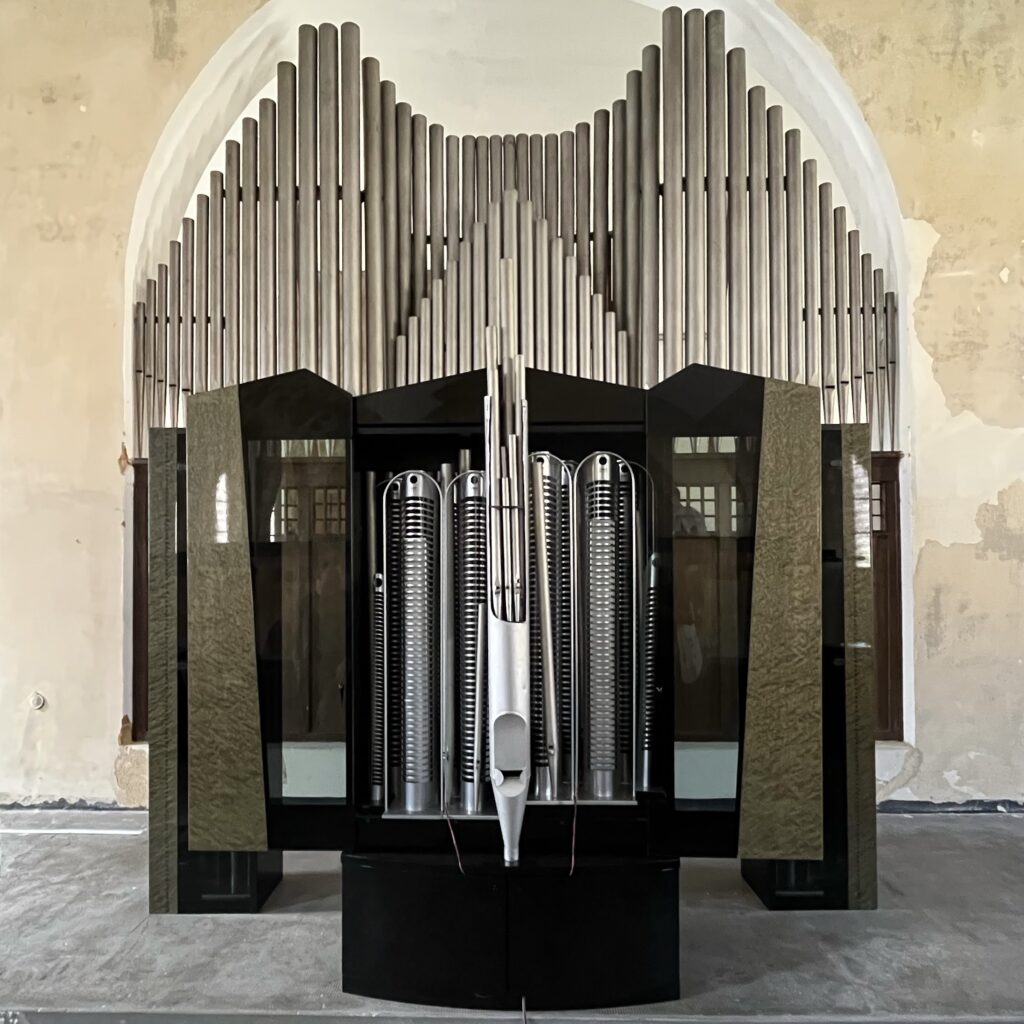
We propose the Museum of Trance as a fictional institution that explores the sonic culture phenomenon of the 90ies German music genre Trance. Built around the organ, the central instrument of worship ceremonies, the work, combines structural elements of ethnographic historicization and museology of cultural formations. St. Kunigundis is located in the immediate vicinity of the legendary club ,Stammheim’ (1996), which was called ,Aufschwung Ost’ until 1994. In the church, the techno beats could be heard during Sunday services. The trance organ connects these different spiritual spheres – as if the beats were still blasting.
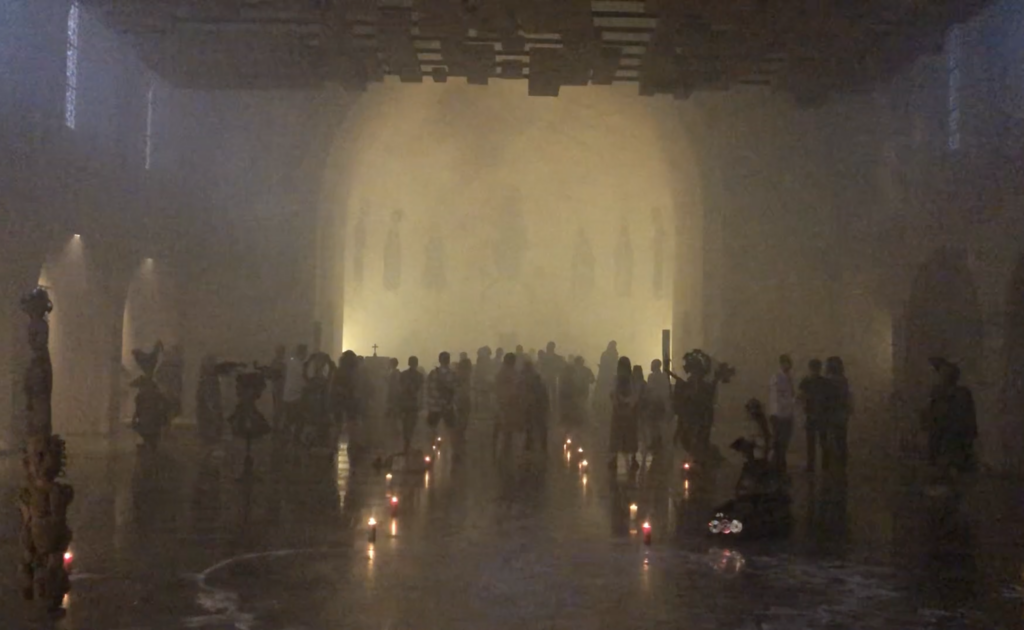
Documenta Contribution named Exhibition of the Year 2022
awarded by AICA Germany (Association Internationale des Critiques d’Art)
Interview – Deutschlandfunk Kultur (minute 02:50)
Go to home



